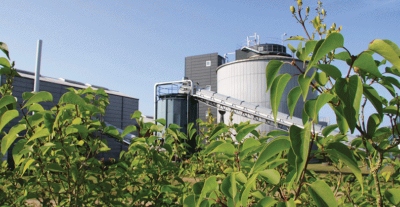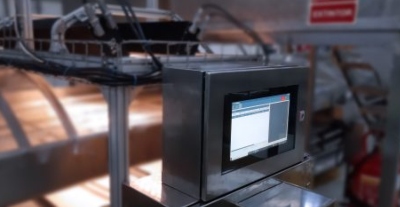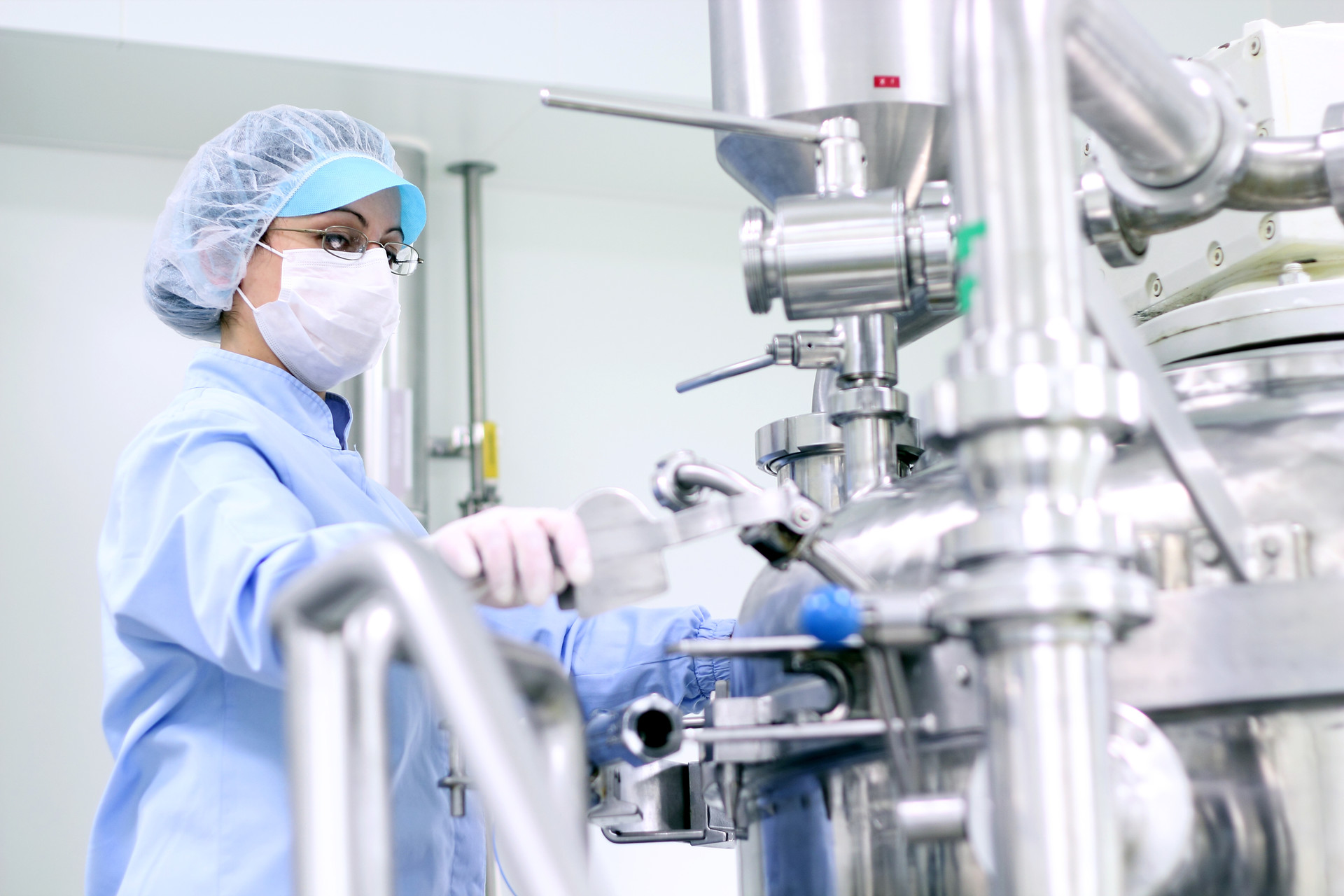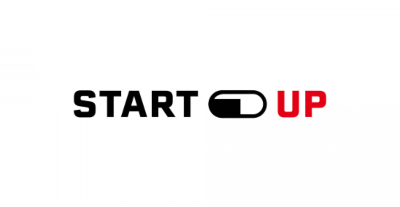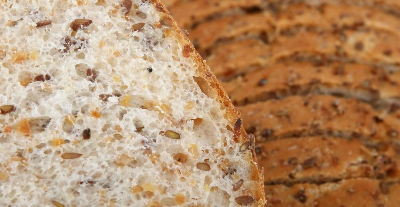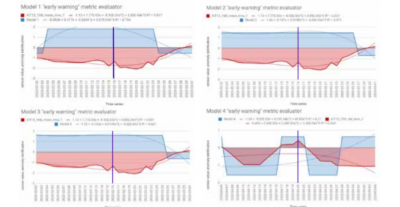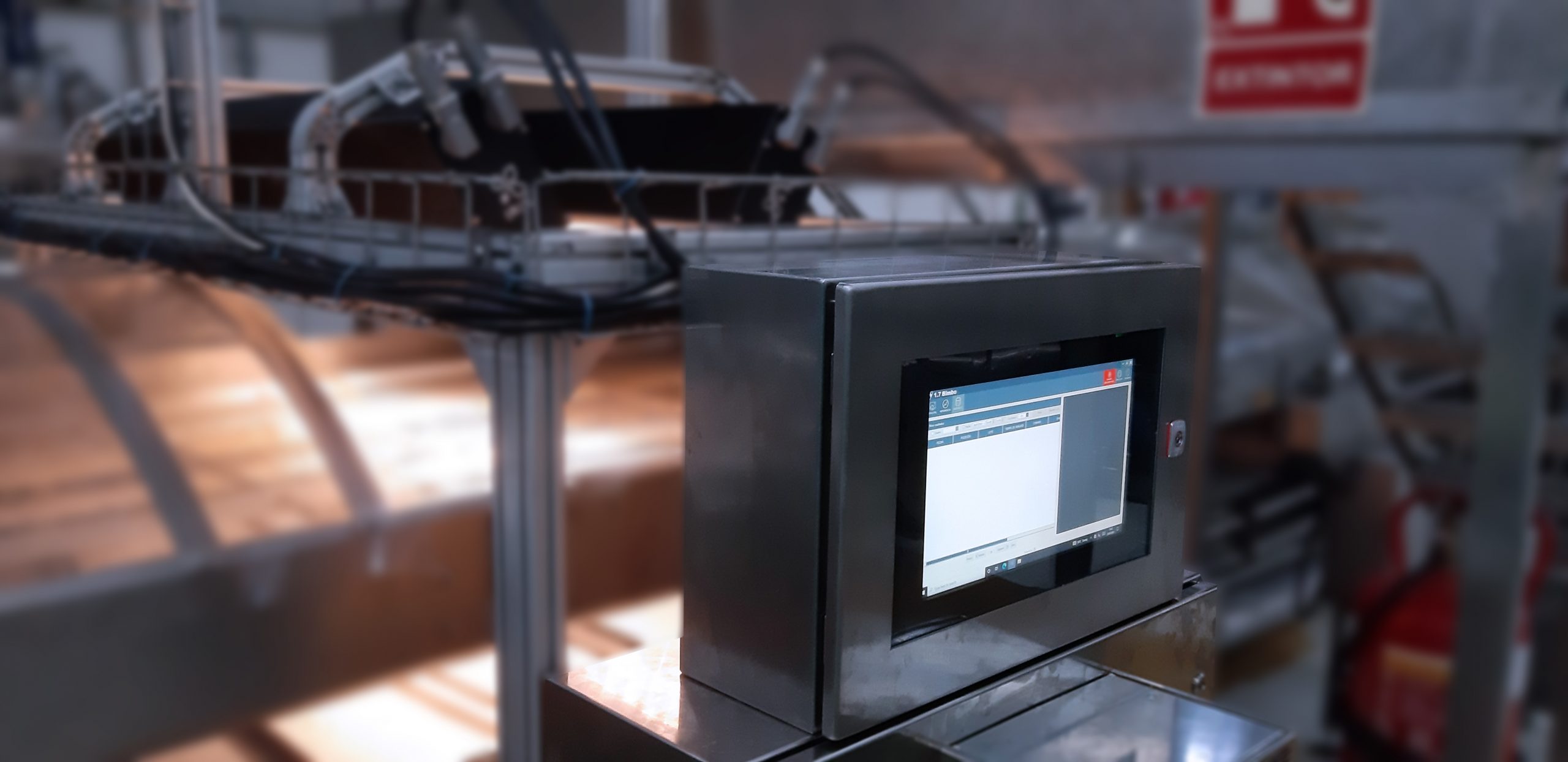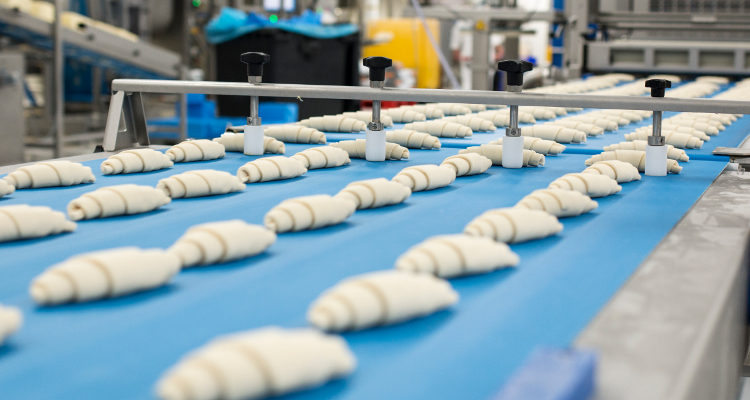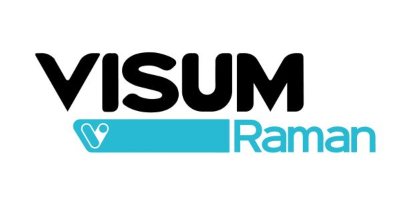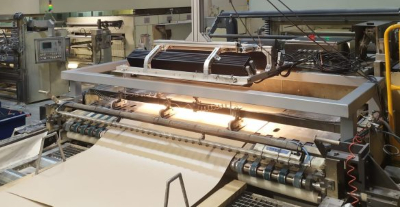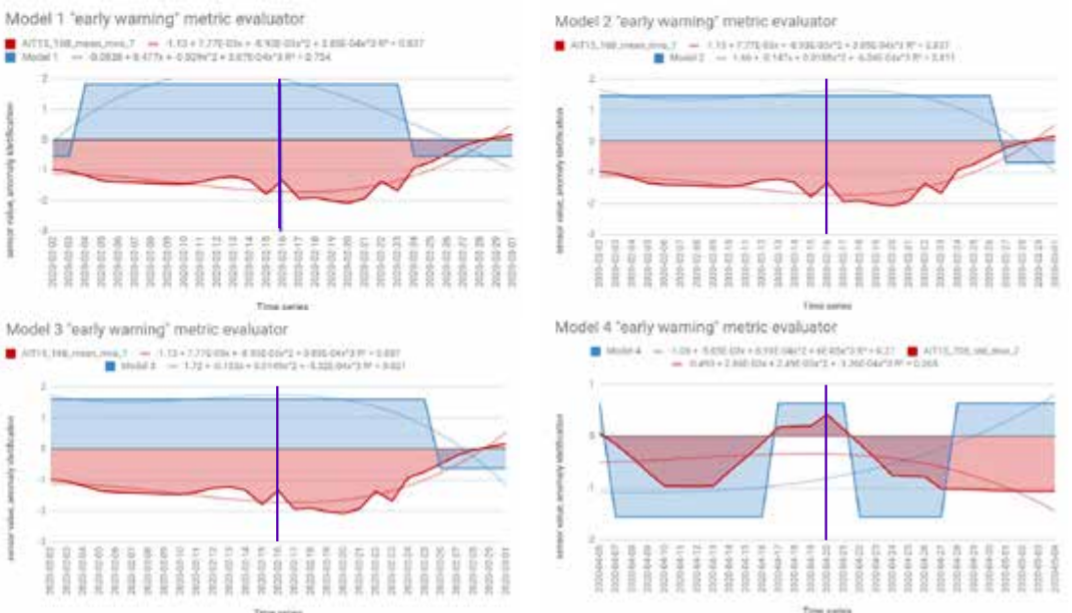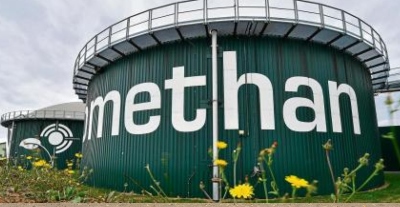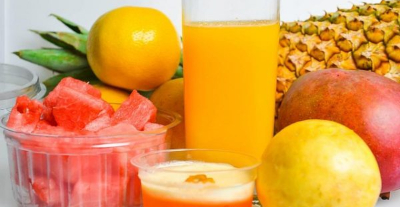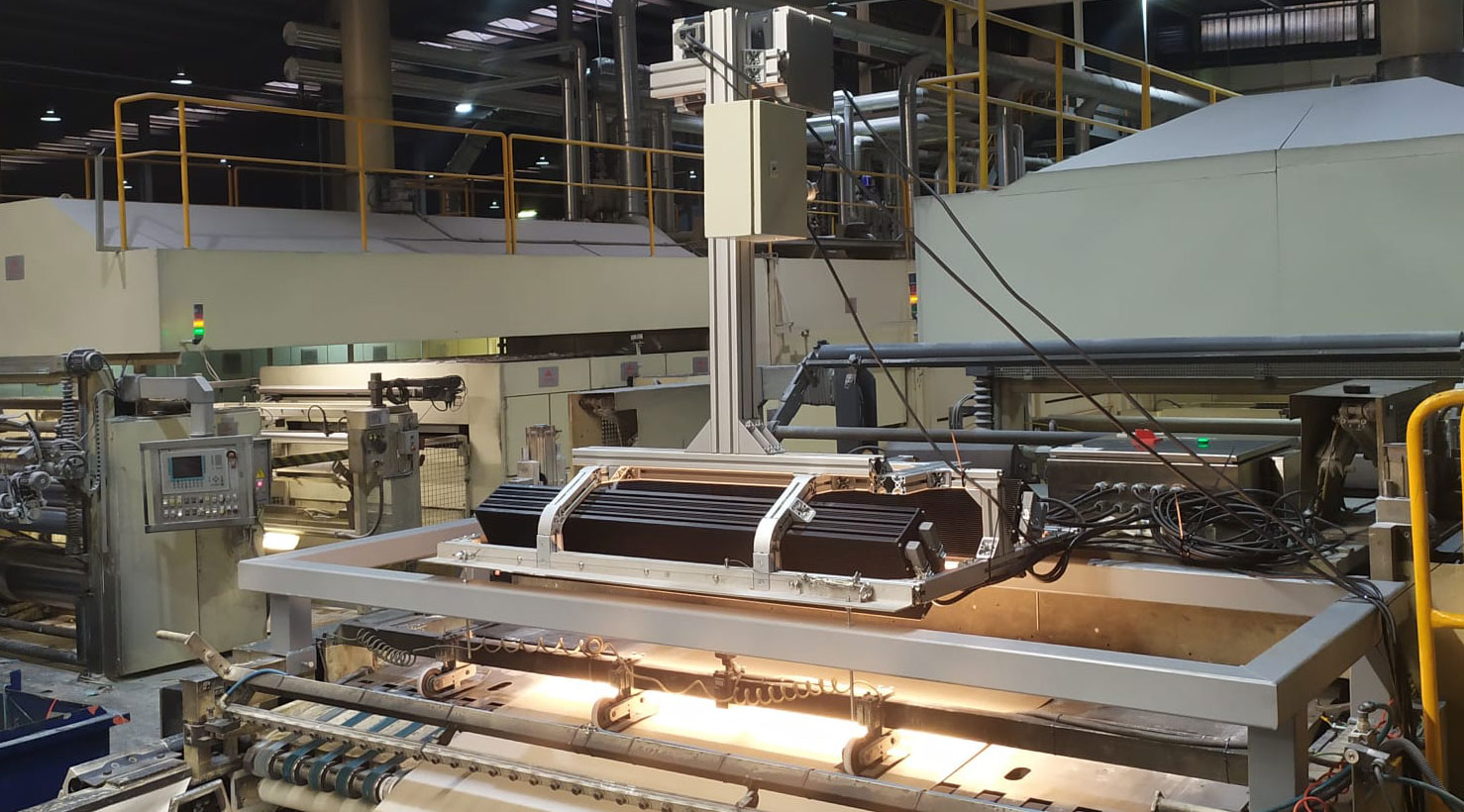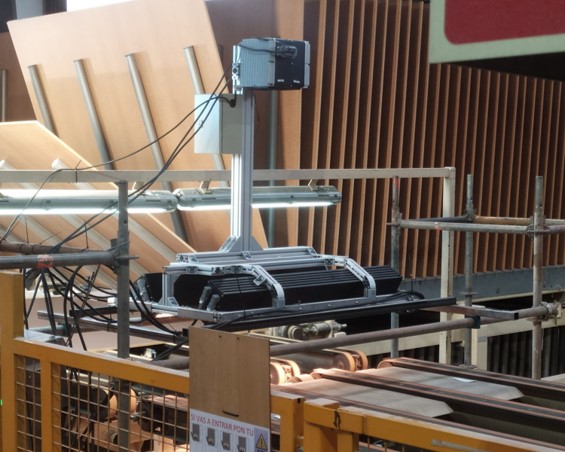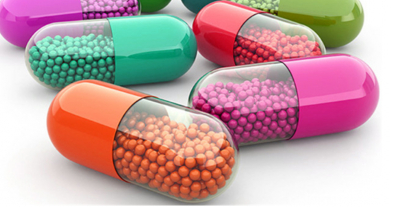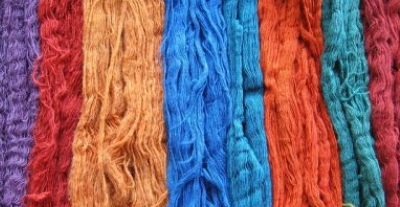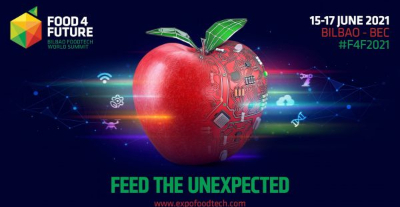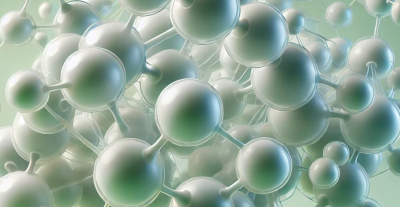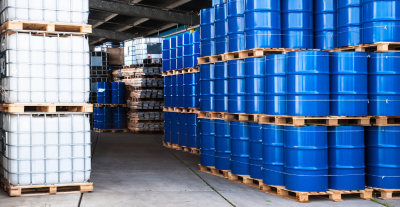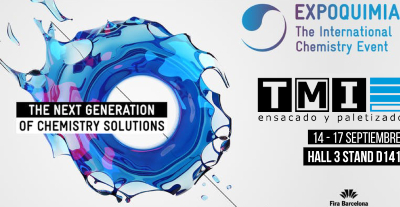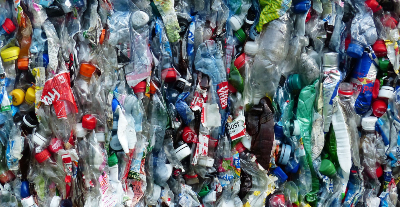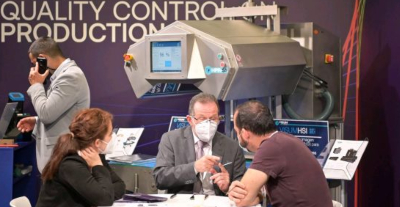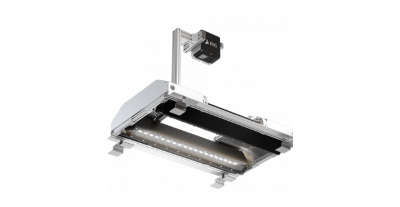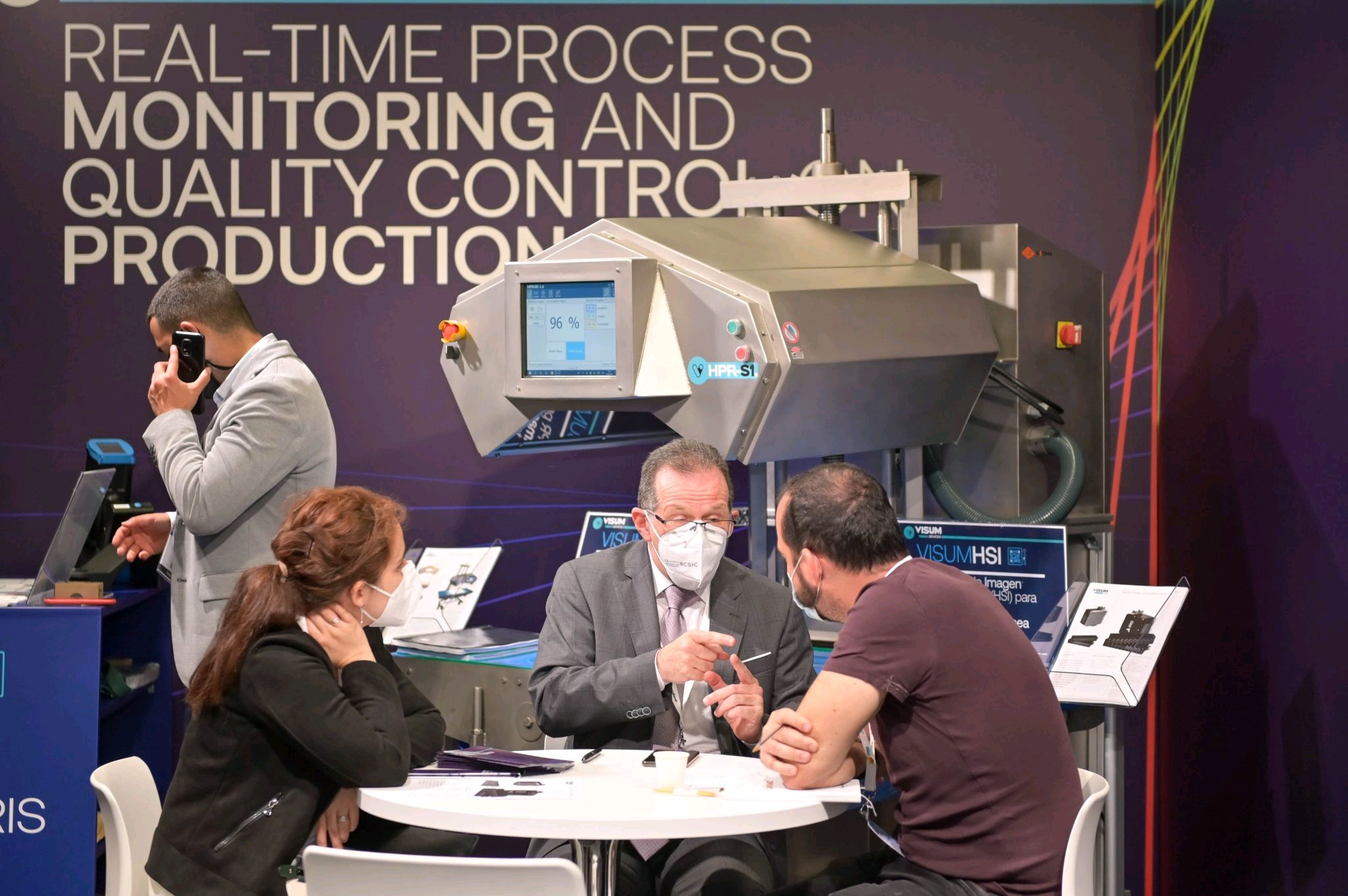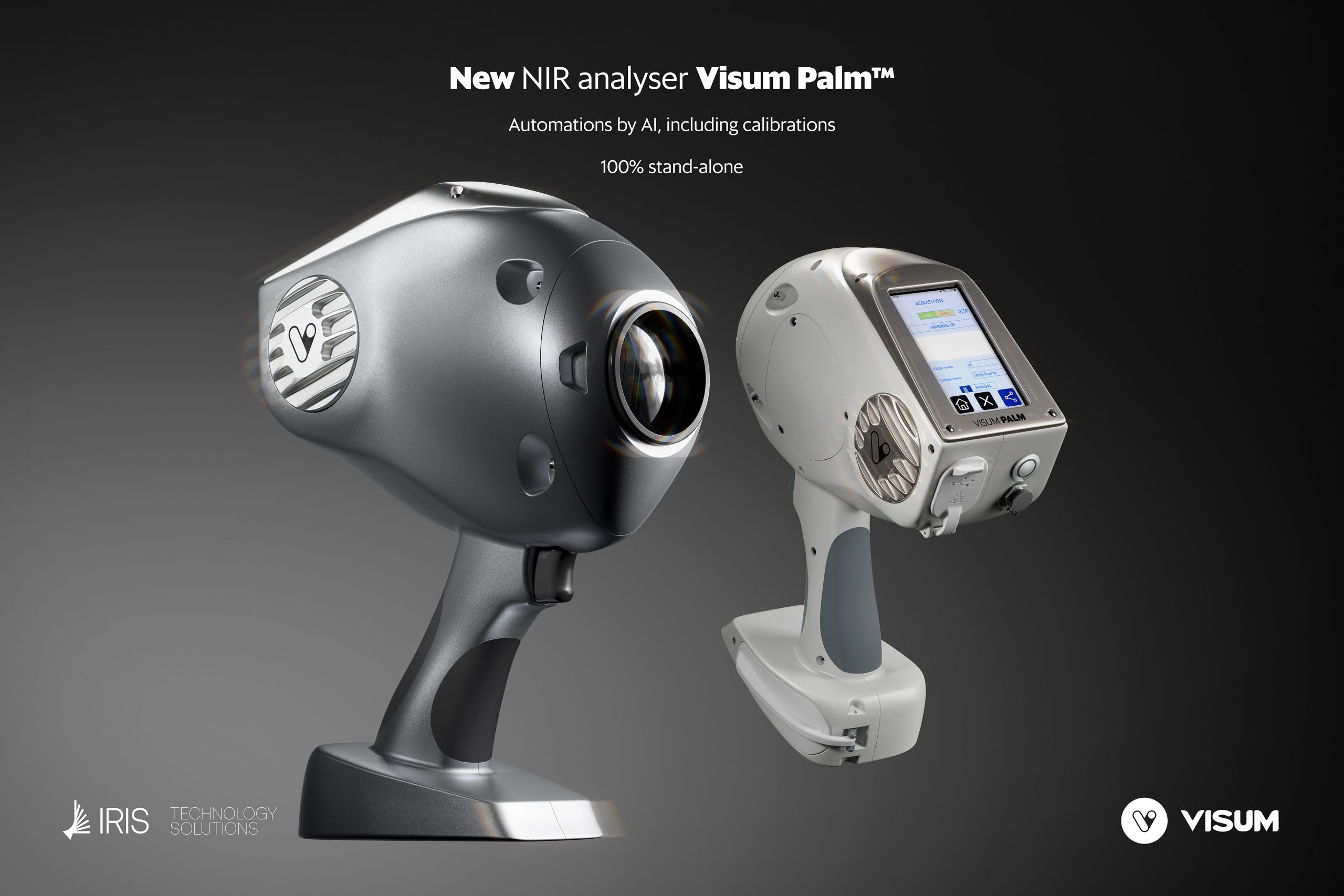
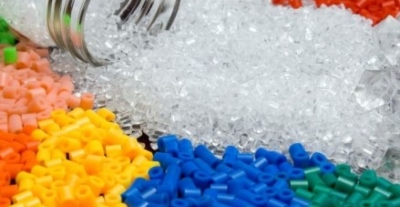 Identificação e caraterização de polímeros com tecnologia NIR portátil
Identificação e caraterização de polímeros com tecnologia NIR portátil
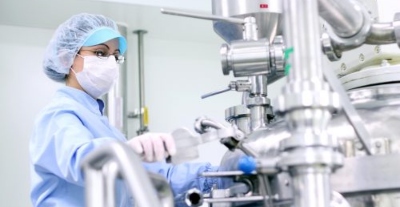 Tecnologia NIR e espetroscopia Raman: introdução e aplicações na indústria farmacêutica
Tecnologia NIR e espetroscopia Raman: introdução e aplicações na indústria farmacêutica

NIR na indústria da madeira: Controlo de qualidade em tempo real do aglomerado de partículas
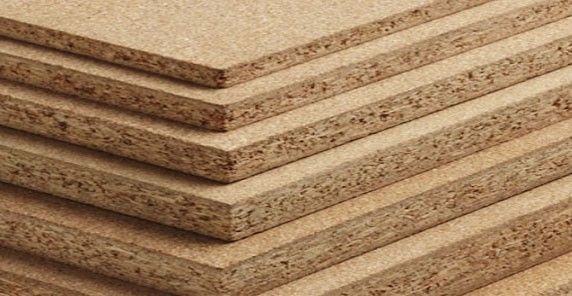
Sistemas hiperespectrais na indústria da madeira
A indústria da madeira, e em particular o fabrico de painéis de madeira, tem enormes vantagens para a introdução de técnicas fotónicas como a espetroscopia de infravermelhos próximos (NIRS) nas diferentes fases do processo de produção que atualmente são controladas mecanicamente, de forma aleatória ou simplesmente escapam às técnicas tradicionais de controlo e fabrico.
A IRIS Technology é o mais importante fornecedor europeu de sistemas de controlo avançados com espetroscopia e inteligência artificial aplicados a processos de produção em diferentes indústrias, incluindo fabricantes de painéis de madeira ou de partículas. Estes painéis são constituídos por aparas de diferentes tamanhos que formam uma estrutura multicamada e que, finalmente, podem ou não ser revestidas com papel decorativo impregnado de resina melamínica. Sem dúvida, os painéis de aglomerado de partículas têm muitas aplicações nas indústrias de mobiliário, decoração, construção e acabamento de interiores.
Como fornecedor especializado no controlo do fabrico de painéis de aglomerado de partículas, a IRIS Technology lançou várias aplicações na sua linha de analisadores Visum® que utilizam tecnologia hiperespectral, sobre as quais lhe falaremos a seguir:
Processo de estilha
As aparas de madeira constituem a matéria-prima no fabrico de painéis de aglomerado de partículas e podem ser de diferentes tipos ou origens. Na linha de produção, o sistema de imagem hiperespectral Visum HSI™ da IRIS Technology é capaz de determinar em tempo real a proporção (quantificação) de cada classe ou tipo de aparas, bem como determinar o teor médio de humidade das aparas que passam pela correia transportadora e detetar corpos estranhos superficiais que não são controlados por raios X, como borracha, plásticos ou outros de menor densidade.
Como a matéria-prima é maioritariamente cortada em estilhas em estado húmido e, de acordo com a origem e o tipo de madeira, existe variabilidade em termos de teor de humidade, dispor de informação precisa e objetiva em tempo real é uma ferramenta útil para ajustar os processos subsequentes de desfibramento e secagem.
Colagem – Quantificação ou Classificação do teor de ureia-formaldeído
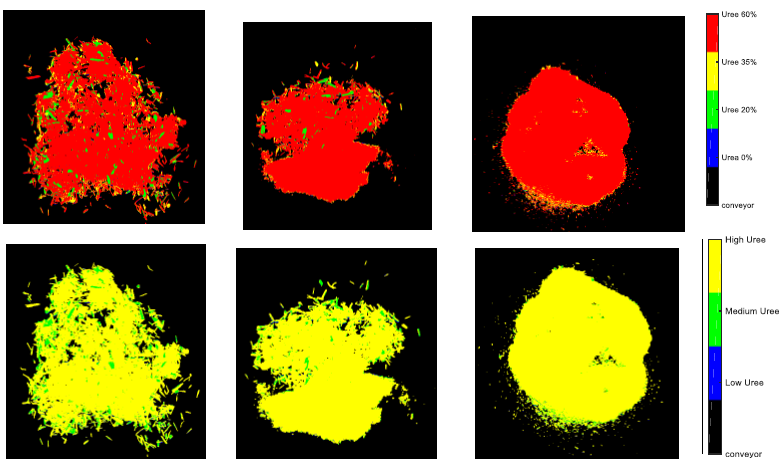
No processo de colagem são aplicadas numerosas colas, aglutinantes ou resinas como a ureia-formaldeído, entre as mais difundidas pelas suas enormes vantagens na produção de aglomerado de partículas. A mistura das aparas de madeira com os adesivos determina a consistência e a qualidade do painel resultante da prensagem.
O analisador Visum HSI™ permite a monitorização em tempo real, a classificação, a quantificação e a determinação da distribuição espacial deste composto adesivo sem necessidade de técnicas destrutivas ou laboratoriais, detectando assim anomalias para otimizar o processo de colagem ou a formulação.
Prensagem e cura dos painéis
O processo de prensagem não é um processo uniforme, uma vez que, em grande medida, a cura dependerá da variabilidade existente nas fases subsequentes do processo de fabrico. Na IRIS Technology, verificamos que a indústria da madeira utiliza diferentes escalas para determinar a qualidade da cura das tábuas e que atualmente se estende a algumas amostras produzidas por lote e destrutivas.
Também através dos sistemas hiperespectrais da IRIS, é possível observar e classificar o fator de cura de painéis completos, unidade a unidade, obtendo informação química e espetral de cada pixel observado pelo sistema, tornando-se um instrumento crucial no controlo de qualidade final do painel de partículas.
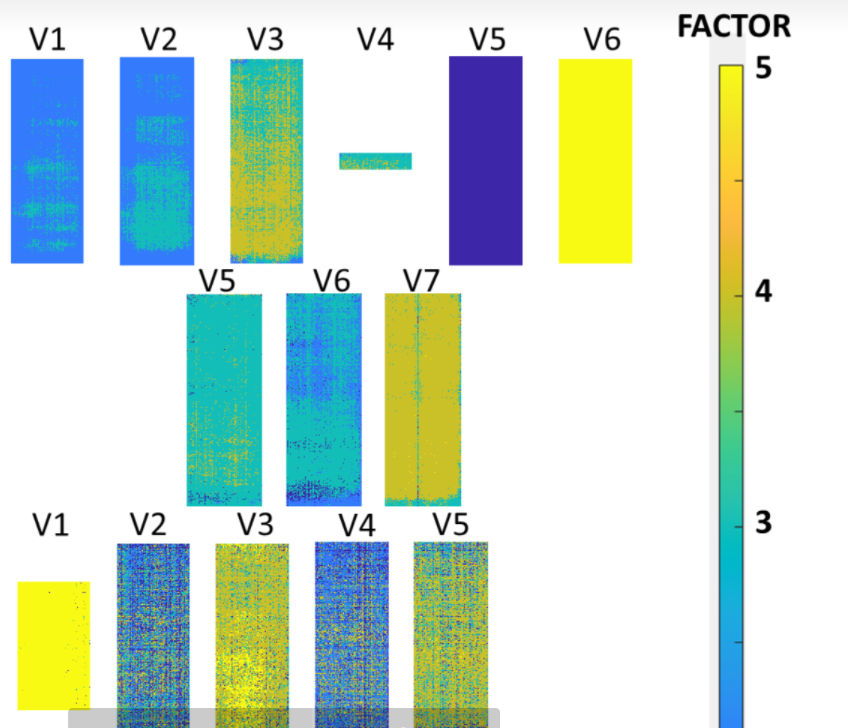
Impregnação – Controlo da humidade em linha
Finalmente, a impregnação é o processo através do qual a camada de papel que actua como revestimento decorativo para o aglomerado de partículas é impregnada. A humidade é o principal fator de qualidade neste caso, uma vez que acabará por afetar a qualidade e a durabilidade da impregnação. Neste ponto, os sistemas hiperespectrais de imagiologia Visum HSI™ são capazes de determinar a homogeneidade e quantificar a humidade, de modo a poderem detetar e corrigir desvios ou anomalias que resultarão em perdas, reclamações e devoluções.
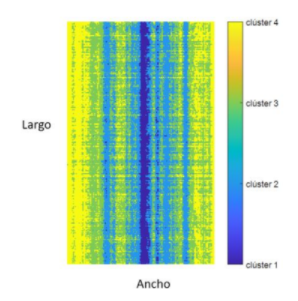
Para mais informações sobre nós, os nossos sistemas hiperespectrais e aplicações, contacte-nos através do endereço info@iris-eng.com.

